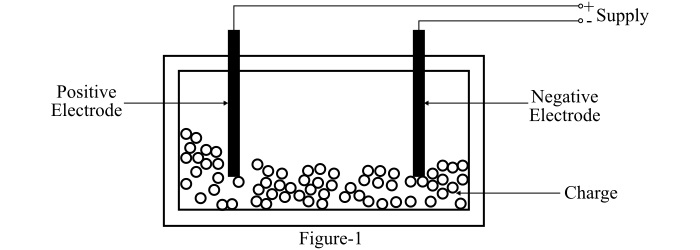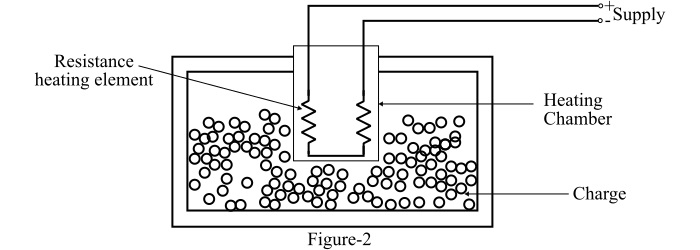
 Data Structure
Data Structure Networking
Networking RDBMS
RDBMS Operating System
Operating System Java
Java MS Excel
MS Excel iOS
iOS HTML
HTML CSS
CSS Android
Android Python
Python C Programming
C Programming C++
C++ C#
C# MongoDB
MongoDB MySQL
MySQL Javascript
Javascript PHP
PHP
- Selected Reading
- UPSC IAS Exams Notes
- Developer's Best Practices
- Questions and Answers
- Effective Resume Writing
- HR Interview Questions
- Computer Glossary
- Who is Who
Resistance Heating: Types, Advantages, and Applications
What is Resistance Heating?
When the heat is produced by passing electric current through the resistance of a conductor, it is called electric resistance heating (ERH). This method of electric heating is based on the principle of I2R loss. If ‘P’ is the electric power developed in the heating circuit and ‘t’ is the time in seconds. Then, heat energy produced is given by,
H = 0.24 pt Calories
The power P depends upon the magnitude of current through the circuit. The source of electric supply can be AC or DC of any suitable voltage and frequency.
The major applications of the resistance heating are as −
Drying
Baking of potteries
Commercial and domestic cooking
Heat treatment of metals such as hardening, annealing, etc.
Resistance heating can be of two types −
Direct Resistance Heating
Indirect Resistance Heating
Direct Resistance Heating
If the heating current is directly passed through the charge, being heated, then the process of heating is called the direct resistance heating.
Direct resistance heating has high efficiency because the heat is produced in the charge itself. The charge may be in the form of liquid or pieces and the two electrodes are immersed in the charge and are connected to the electric supply.
One major application of direct resistance heating is salt bath furnaces having operating temperature between 500 °C and 1400 °C. An immersed electrode type medium temperature salt bath furnace is shown in Figure-1.

The baths are used for heat treatment of mechanical components and the process involved can be hardening, tempering, annealing, etc. For the purpose, the temperature of the bath is controlled along with its chemical components and the component kept in the bath for a specific period.
The bath makes use of supply voltage across the two electrodes ranging from 5 V to 20 V. For this purpose, a special type of transformer is required which is having three-phase primary and single-phase secondary winding. The variation in the secondary voltage is done by an off load tapping switch on the primary side.
The salts used in the bath are mostly insulators when in solid states, but become conducting when in a molten state. If the bath material is highly conductive in the solid state, then it is desirable to sprinkle some non-conducting powder between the electrodes. The addition of high resistance prevents short-circuiting.
Advantages of Direct Resistance Heating
The main advantages of the direct resistance heating are as −
Direct resistance heating has very high efficiency as no transfer of heat is involved.
Direct resistance heating gives uniform heating and high temperature.
Applications of Direct Resistance Heating
The applications of the direct resistance heating are given as follows −
Direct resistance heating is used in salt bath furnaces.
Direct resistance heating is also used in water heaters, etc.
Indirect Resistance Heating
When the heating current is passed through a heating element and the heat is transferred to the charge, to be heated, through conduction, convection or radiation, this process of electric heating is called indirect resistance heating.
As in this case, the heat is transferred from heating element to the charge, thus total heat produced can be never be transferred. Therefore, the indirect resistance heating has relatively poor efficiency.
Figure-2 shows the typical arrangement of the indirect resistance heating.

Advantages of Indirect Resistance Heating
The advantages of the indirect resistance heating are as follows −
Indirect resistance heating provides uniform temperature.
Automatic temperature control can be provided with the indirect resistance heating.
Applications of Indirect Resistance Heating
The major applications of the indirect resistance heating are as follows −
Domestic appliances such as room heaters, electric iron, etc.
Immersion water heaters
Indirect resistance heating is also used various types resistance ovens.

